Imagine a land where native species thrive, and ecosystems flourish without the threat of invasive predators. New Zealand—an island nation known for its stunning landscapes and unique biodiversity—is ambitiously aiming toward this ideal vision by 2050. However, the question remains: is this an achievable goal? Let’s explore New Zealand’s 2050 Initiative and its potential to eliminate invasive species.
Background: Understanding Invasive Species in New Zealand

New Zealand is home to a remarkable array of native flora and fauna, with over 80% of its species found nowhere else on Earth. Unfortunately, the introduction of invasive species—both intentionally and accidentally—has wreaked havoc on the country’s ecosystems. Predators like stoats, rats, and possums have contributed to the decline and extinction of many native species by preying on eggs, chicks, and plants.
The Genesis of the 2050 Initiative
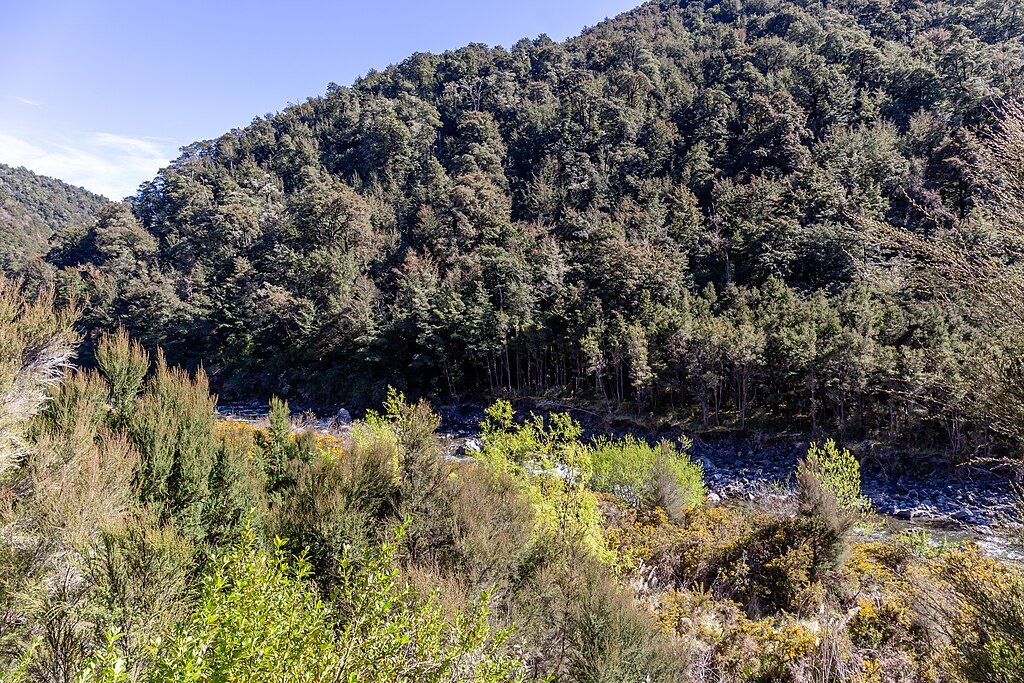
Recognizing the dire impact of invasive predators, New Zealand launched the Predator Free 2050 initiative in 2016. It is a bold, nationwide conservation effort that seeks to eliminate key invasive species such as possums, rats, and stoats by the year 2050. The initiative combines government support, scientific research, community involvement, and technological innovation to achieve its ambitious goal.
The Strategy: Multi-faceted Approach
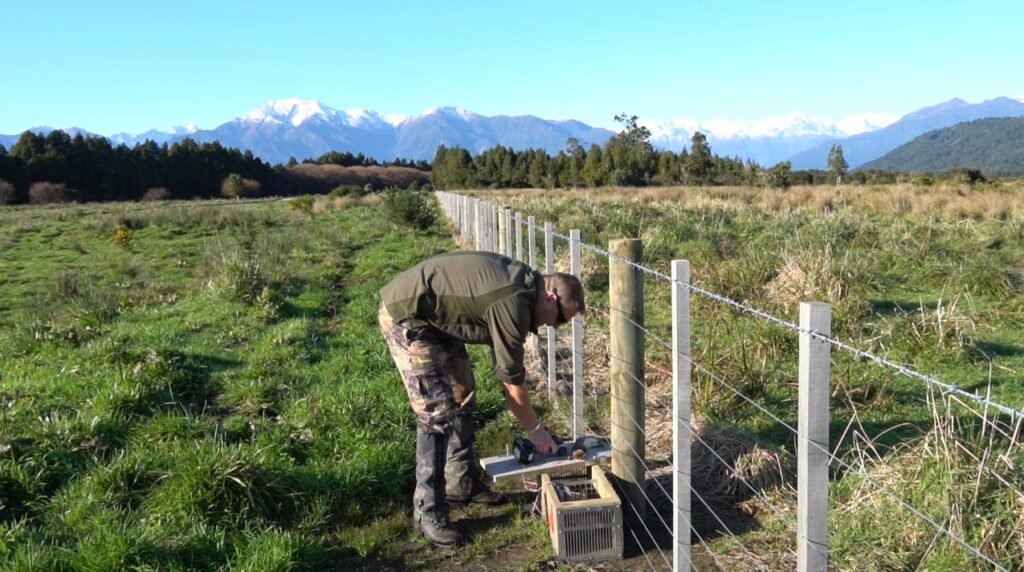
The success of the 2050 Initiative relies on a comprehensive strategy. This includes traditional pest control methods, the development of new technologies, and extensive public engagement. The initiative prioritizes specific areas as sanctuaries, aiming to scale successful methods across the entire country. Local communities are encouraged to participate in trapping and monitoring efforts, increasing the initiative’s reach and effectiveness.
Technological Innovations Driving the Initiative

Innovation is a cornerstone of Predator Free 2050. Cutting-edge technologies, such as self-resetting traps, genetic editing techniques, and drone-mediated pest control, are being researched and tested. Such advancements aim to increase efficiency and reduce the manpower needed for pest eradication, making large-scale eradication more feasible.
Challenges and Controversies
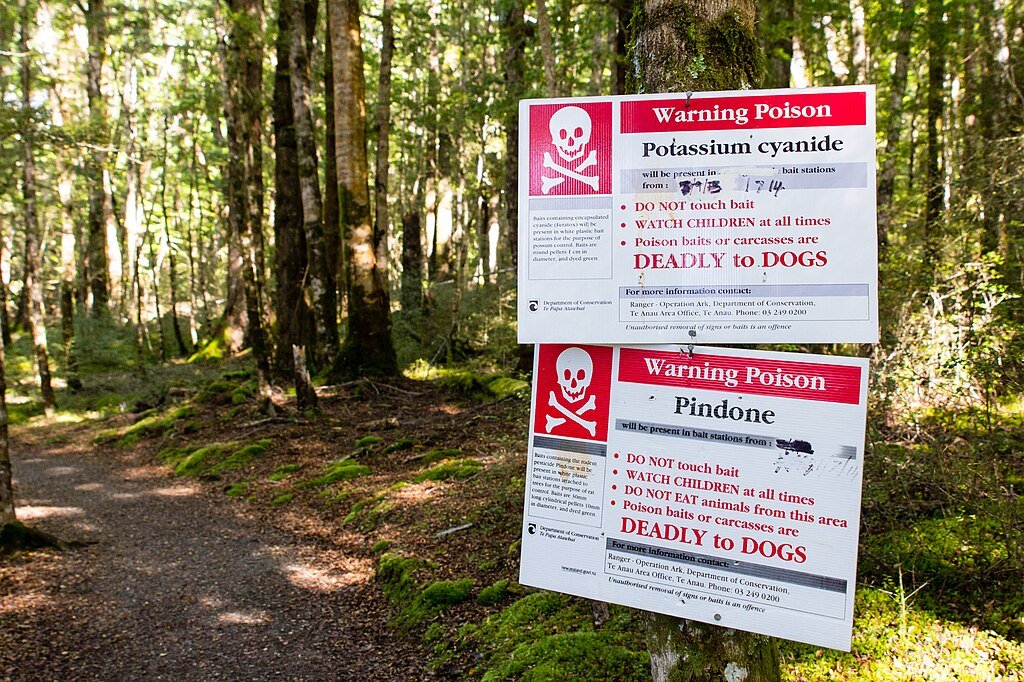
Despite the initiative’s promise, numerous challenges stand in the way. The ethical considerations surrounding genetic modification, the inherent difficulty of eradicating adaptable species, and the sheer scale of the task pose significant obstacles. There is also ongoing debate about the environmental impact of some eradication methods.
The Role of Indigenous Knowledge

The inclusion of indigenous Māori perspectives is crucial to the initiative’s success. Traditional Māori ecological knowledge and spiritual beliefs emphasize the importance of maintaining balance in nature. Collaborative conservation projects that integrate Māori insights are showing promising results, underscoring the value of indigenous wisdom in modern ecological efforts.
Community Involvement and Support
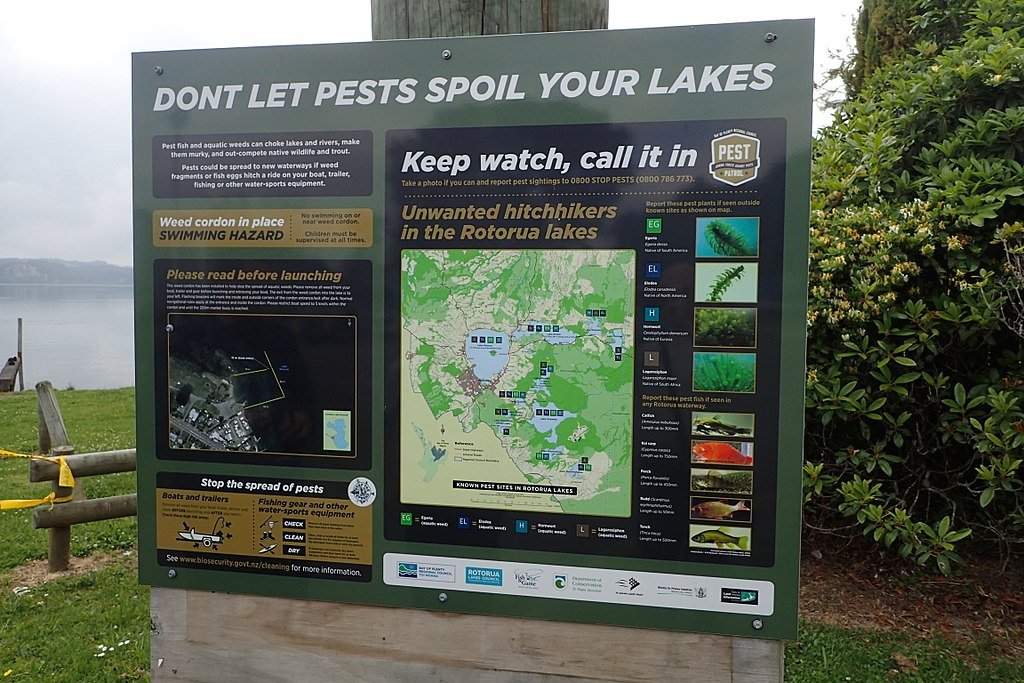
For Predator Free 2050 to succeed, widespread community support is essential. Educational campaigns and citizen science projects are employed to raise awareness and encourage grassroots participation. Communities actively engage in local conservation projects, creating a network of dedicated individuals who contribute to the larger national goal.
Measuring Success: Milestones and Metrics
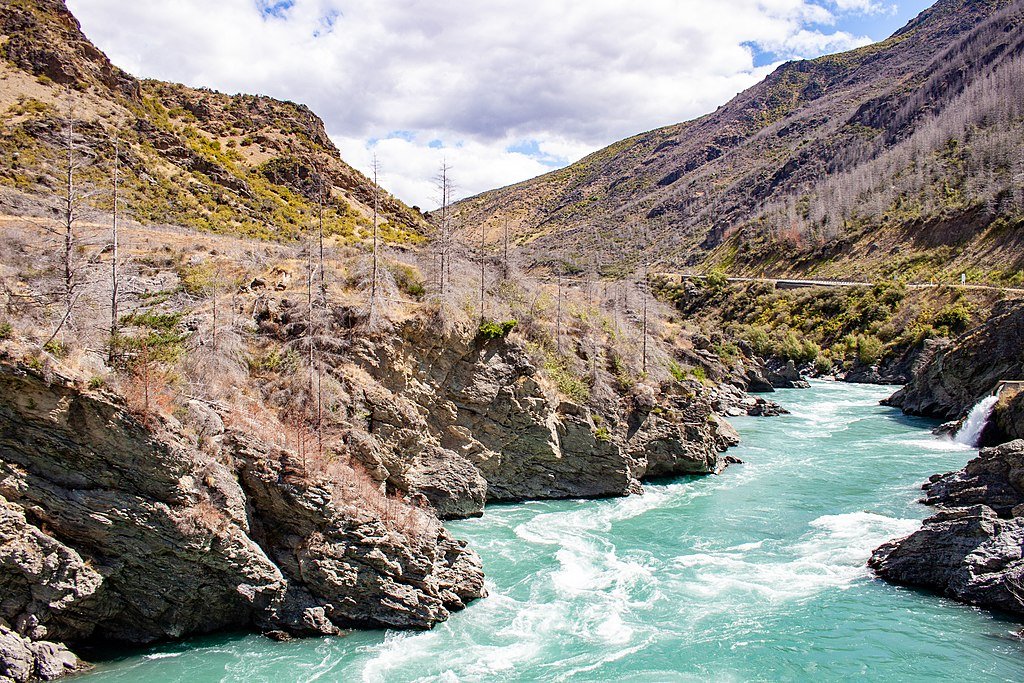
To track progress, the initiative has set interim targets and milestones. These include pest-free areas, increased population of native species, and technological breakthroughs in pest control methods. Regular monitoring and reporting are crucial for assessing the project’s effectiveness and making necessary adjustments along the way.
The Ripple Effect: Global Implications
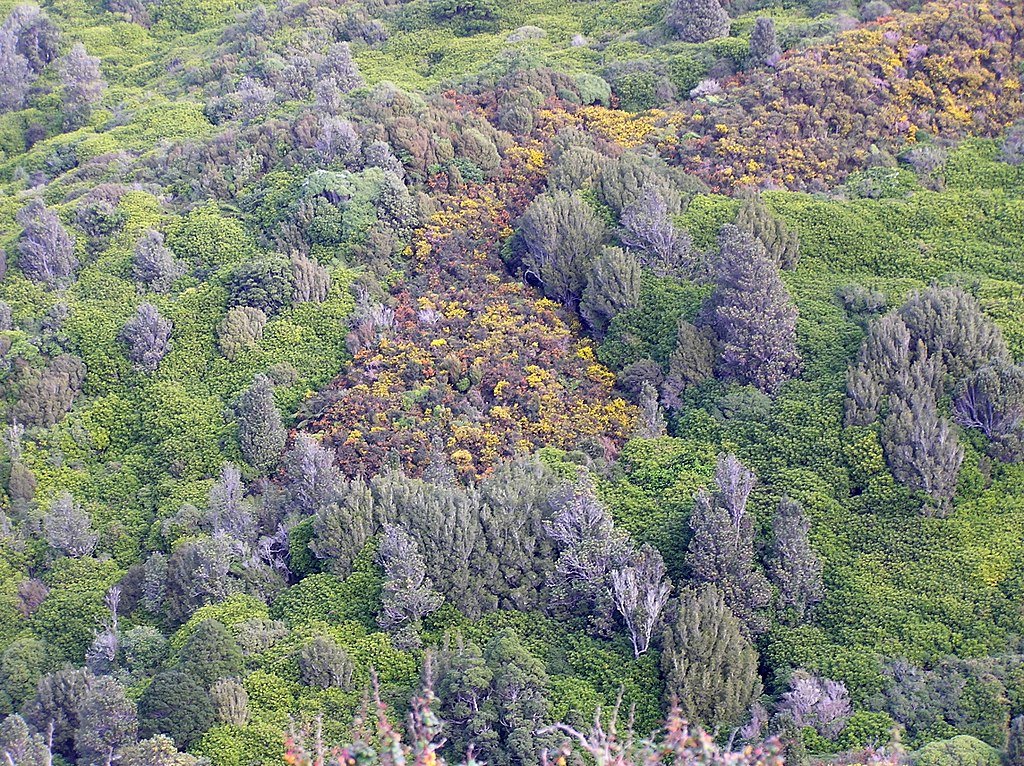
If successful, New Zealand’s 2050 Initiative could serve as an inspiring model for other countries grappling with invasive species. The strategies and technologies developed could be adapted and implemented in diverse ecological contexts globally, contributing to broader conservation efforts.
Conclusion: A Vision for New Zealand’s Ecological Future

The Predator Free 2050 Initiative is an audacious and visionary plan that speaks to New Zealand’s dedication to preserving its unique biodiversity. While challenges exist, the combination of innovative technology, community involvement, and indigenous knowledge creates a hopeful path forward. This ambitious endeavor, if successful, could transform New Zealand’s ecological landscape and inspire similar conservation efforts worldwide.
Only time will tell if New Zealand can truly eradicate invasive species by 2050, but the initiative undeniably sets a powerful precedent for conservation in the 21st century.



